The construction of Zeesluis IJmuiden is almost completed. Now that all the lock gates have been put in position, the area around the new sea lock is being prepared for its future use. During the preparation of the area, everything will be made ready for the opening of the lock.
-
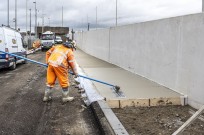
-
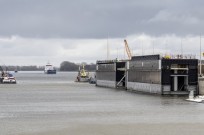
In March 2021, the last two lock gates on the canal side were successfully installed. The whole operation lasted four days. Edgar Breedveld and Victor Arnolds were involved in this milestone achievement. They directed the positioning process and ensured a good outcome.
-
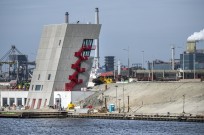
Zeesluis IJmuiden will soon be ready for use. But first, staff will have to master the ins and outs of operating the lock. Mia Dröge is Strategic Advisor to the Harbour Master's Division of Port of Amsterdam. Together with a team, she will ensure that the lock can be operated safely.
-
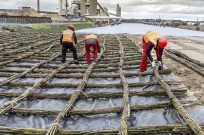
A larger lock means bigger ships and more salt water. The locking process creates large volumes of fresh or salt water flowing into or out of the lock and water turbulence may scour out holes near the inner and outer lock heads, undermining them.
-

In the coming months Port of Amsterdam will replace all existing shore power units with smart, green shore power. This will happen to all cabinets in the port area within the ring (A10) of Amsterdam.
-
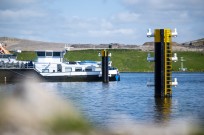
Recently, Port of Amsterdam has improved or added five facilities in the port. They are a second drinking water tap, extra bollards for smaller ships and extra bollards. In addition, regular inland navigation vessels are now allowed to moor at the push barge spots in the Suezhaven.
-
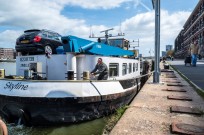
From now on, inland navigation vessels will be able to extend their mooring duration in the IJhaven even without special circumstances. The extra mooring time will be 3 weeks on top of the standard 7 days, 4 weeks in total.
The feedback form can be used by any stakeholder involved in case an incident occurs during the bunkering of conventional fuels. The input is part in the evaluation of the bunker permit for transporters, if such a permit should be introduced in this area.
The form and further explanation can be consulted via a link on the Internet site of Port of Amsterdam, https://www.portofamsterdam.com/en/shipping/sea-shipping/services-facilities/bunkering-feedback-form
-
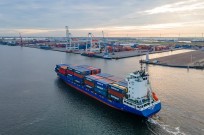
Direct Ireland-Netherlands route realises advantages of border-free transit and new investments in container rail freight at both ends.
-

From mid-December 2019, commercial vessel operators will have the option to view the current occupancy of berths located in the Amsterdam ports.